Geogrids
can stabilize soil and have an open hole or grid-like structure.
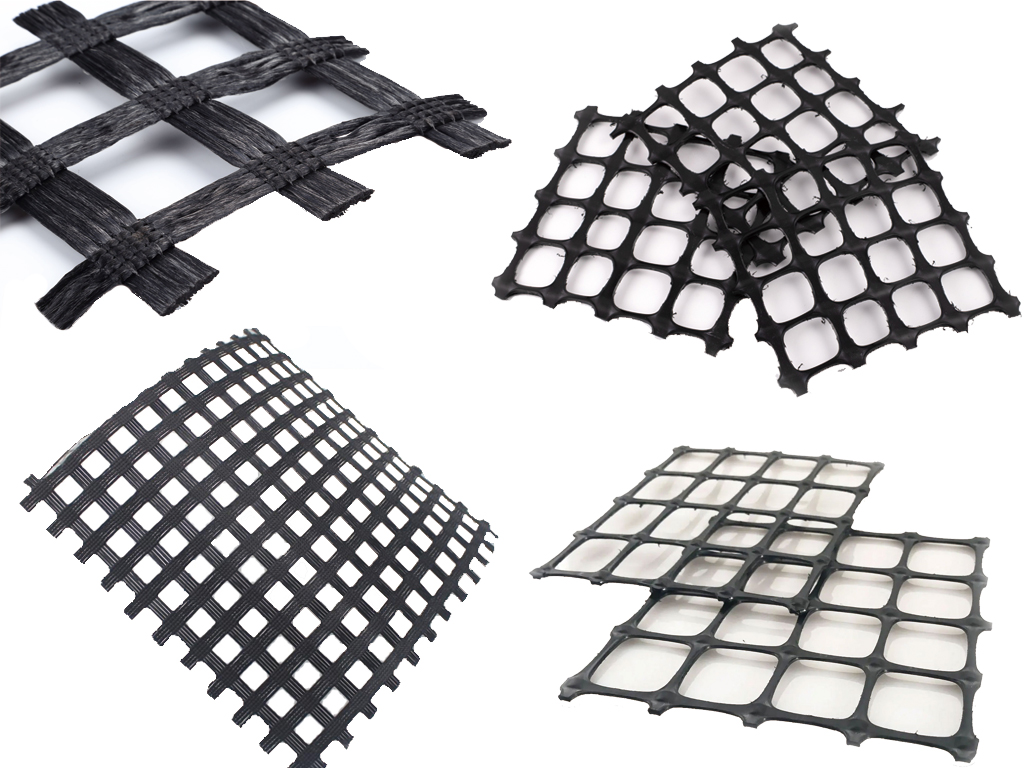
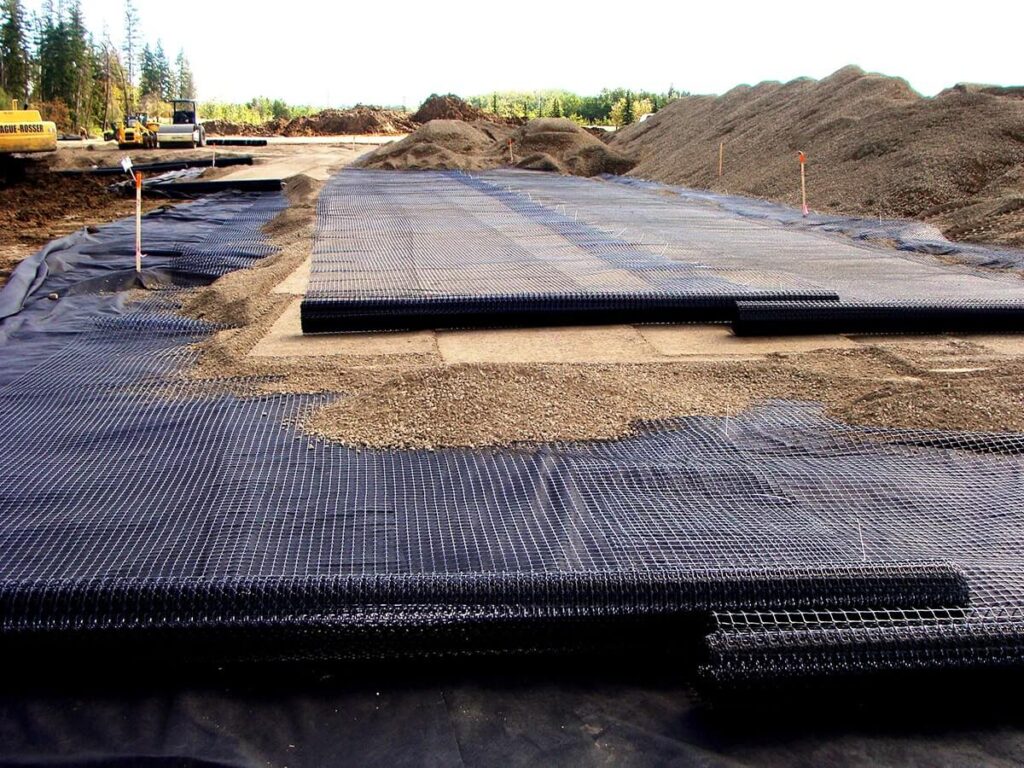
Types of Geogrid
1)Uniaxial plastic geogrid
The uniaxially stretched plastic geogrid is made of high molecular polymer, which is plasticized and extruded, punched, heated, and then stretched longitudinally. Uniaxially stretched plastic geogrids have extremely high tensile strength and tensile modulus.
Uniaxially stretched plastic geogrid is suitable for railways, highways, bridge abutments, port terminals, geogrid retaining walls, dam reinforcement, slope reinforcement, and other engineering fields, which can greatly improve the bearing capacity, prolong the service life, and reduce the floor space. The construction is convenient, the construction period is shortened, the cost is reduced, and the maintenance cost is greatly reduced.
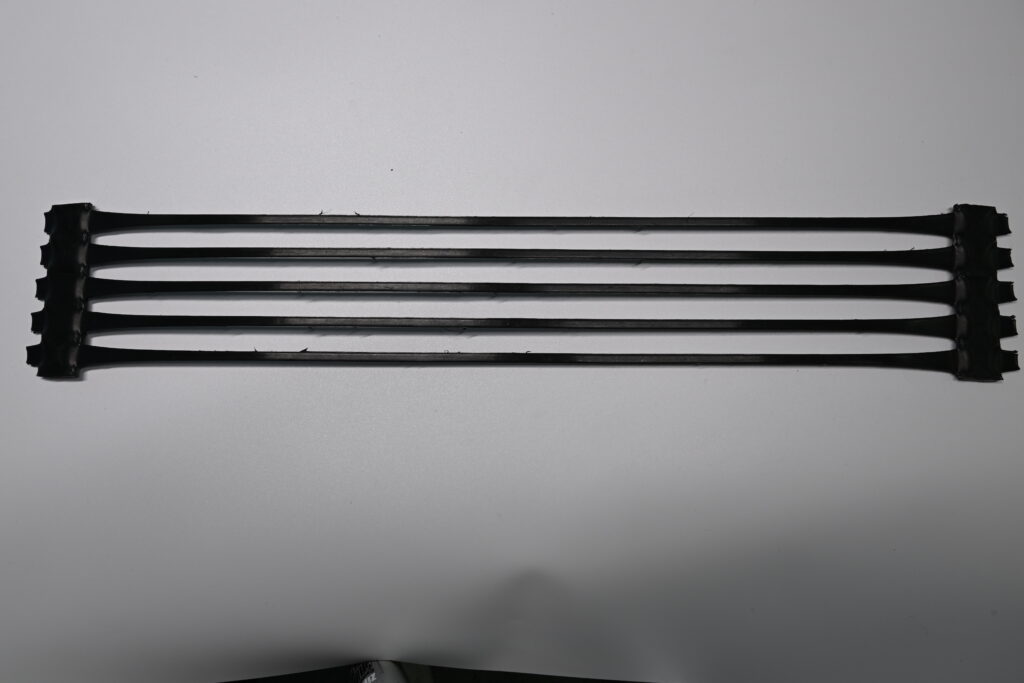
2)Biaxial plastic geogrid
The biaxially stretched plastic geogrid is made of the high molecular polymer by plasticizing extruded sheet, punching, heating, and then stretching longitudinally and transversely. Biaxially oriented plastic geogrid has a high tensile strength in both longitudinal and transverse directions; it can provide effective bearing capacity in soft soil foundations and can make it an integral interlocking system.
Biaxially stretched geogrid is suitable for the reinforcement of railways, highways, soft soil foundations, and the reinforcement of large-area permanent bearing foundations and other engineering fields.
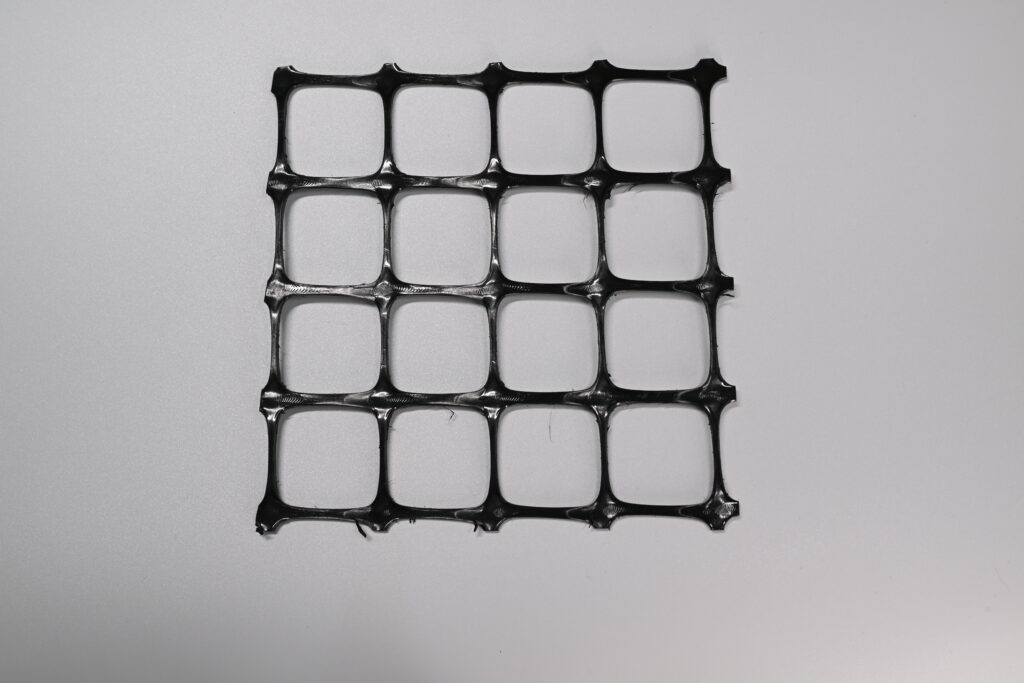
3)Fiberglass Geogrid
The warp-knitted glass fiber geogrid is made of glass fiber by weaving and coating. The warp-knitted glass fiber geogrid has high longitudinal and lateral tensile strength, low elongation, and high tensile modulus.
Warp-knitted fiberglass geogrid can be used in engineering fields such as road and airport pavement, water conservancy dam surface layer reinforcement, etc.
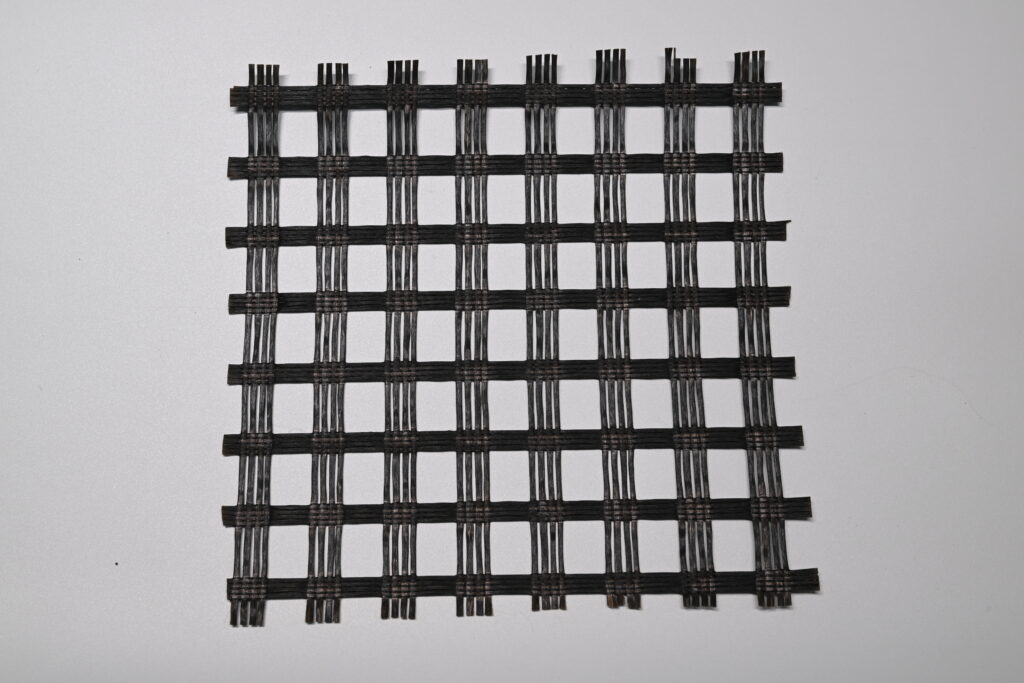
4)Warp-knitted polyester geogrid
The warp-knitted polyester geogrid is a geogrid made of high-strength and high-tensile-modulus polyester industrial filament, which is oriented and woven into a geogrid fabric, and then coated and processed. The warp-knitted polyester geogrid has high tensile strength, high tear strength, and strong binding force with soil and gravel. Mainly used for railway and highway soft soil foundation reinforcement.
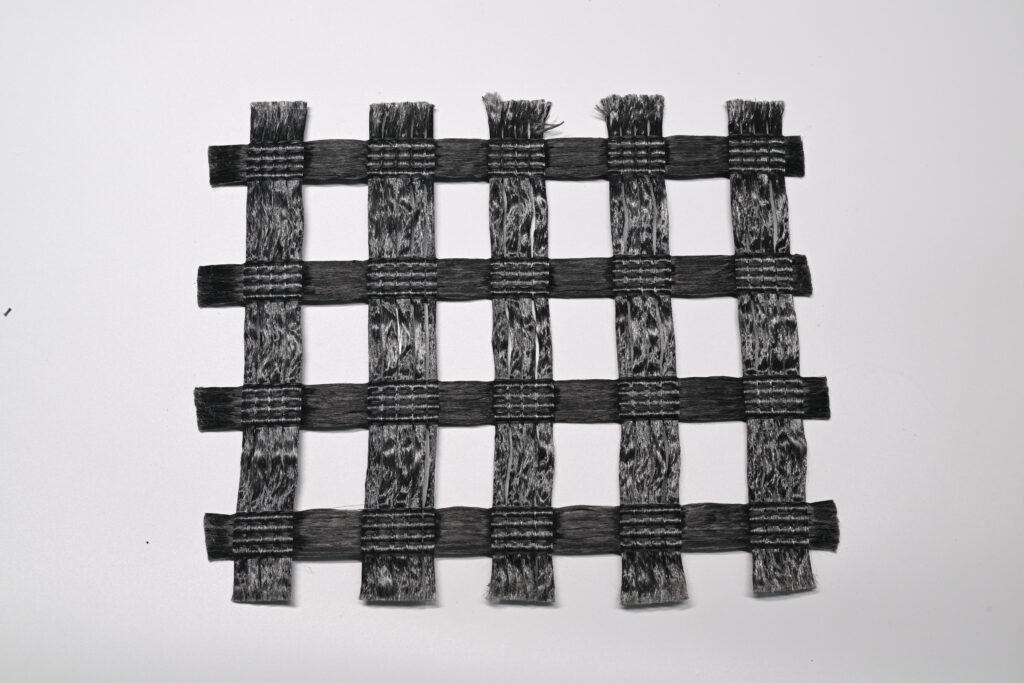
5)Steel plastic geogrid
The steel-plastic geogrid is made of high-strength steel wire, specially treated, and polyethylene (PE), and other additives are added to make it a composite high-strength tensile strip through extrusion, and the surface has rough embossing, which is high. Reinforced belt. From this, the single belt is woven or sandwiched at a certain distance vertically and horizontally and is formed by welding its junction points with a special strengthening bonding fusion welding technology, which is a steel plastic geogrid. Steel plastic geogrids are mainly used in highways, railways, ports, etc.
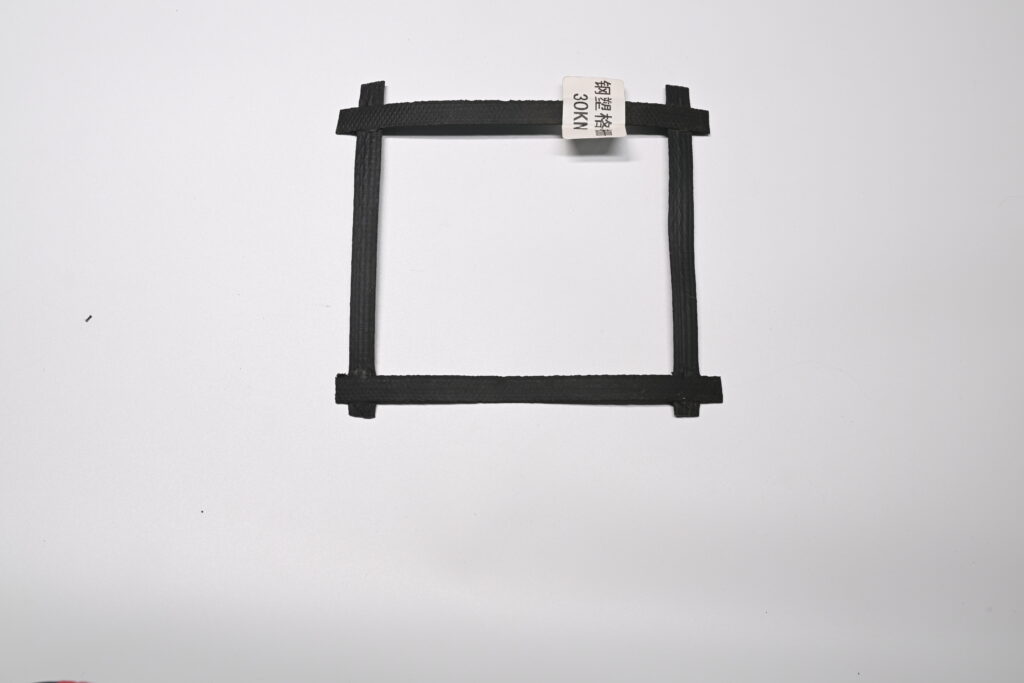
Geogrid features
1. Open-pore structure: Geogrid usually has a grid-like or open-pore structure, which facilitates the penetration of gas and roots.
2. High strength: Geogrid can reinforce the soil and enhance the strength of the project.
3. Water permeability: The open-pore structure of geogrid makes it highly permeable, which helps in soil drainage, reduces water accumulation and prevents soil erosion.
Geogrid application fields
1. Foundation reinforcement for road construction, railway engineering, airport runway construction, etc.
2. River bank protection, dam and reservoir engineering, coastline protection
3. Can be used to repair destroyed or damaged land, enhance soil stability, and promote vegetation regeneration.
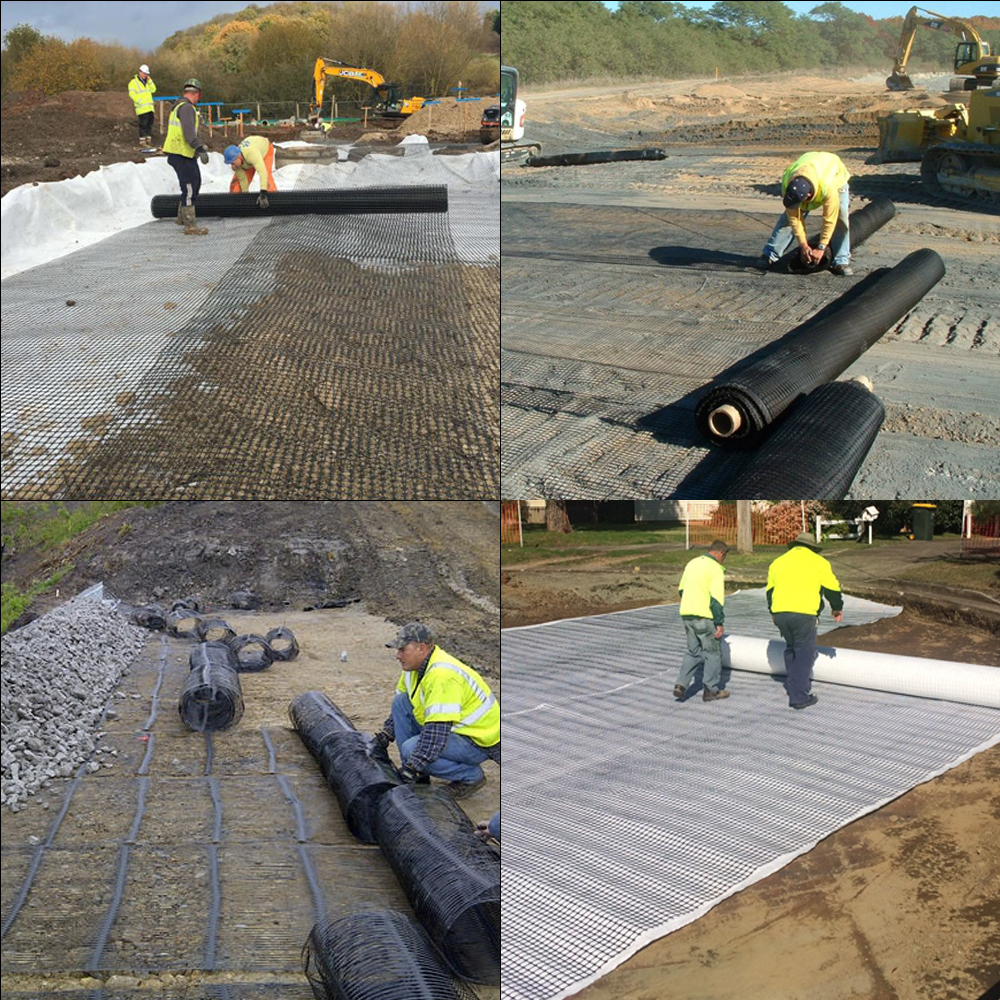
Geogrid installation process
1. Engineering survey and design: Before starting installation, conduct a survey of the project site to understand the properties of the soil, topography and engineering requirements.
2. Site preparation: Clean the construction site, remove debris and obstacles, and ensure the soil surface is smooth.
3. Land surface treatment: Carry out preliminary treatment on the land surface that needs to be reinforced to ensure that the surface is flat and remove obstacles that may affect the performance of the geogrid.
4. Geogrid laying: Lay the geogrid on the land surface according to the design requirements, keeping the opening directions of the grid structure consistent.
5. Connection and cutting of geogrids: When connecting geogrids, ensure that the connection is firm and form an overall reinforced structure. Depending on the actual situation, the geogrid is cut to fit areas of different shapes and sizes.
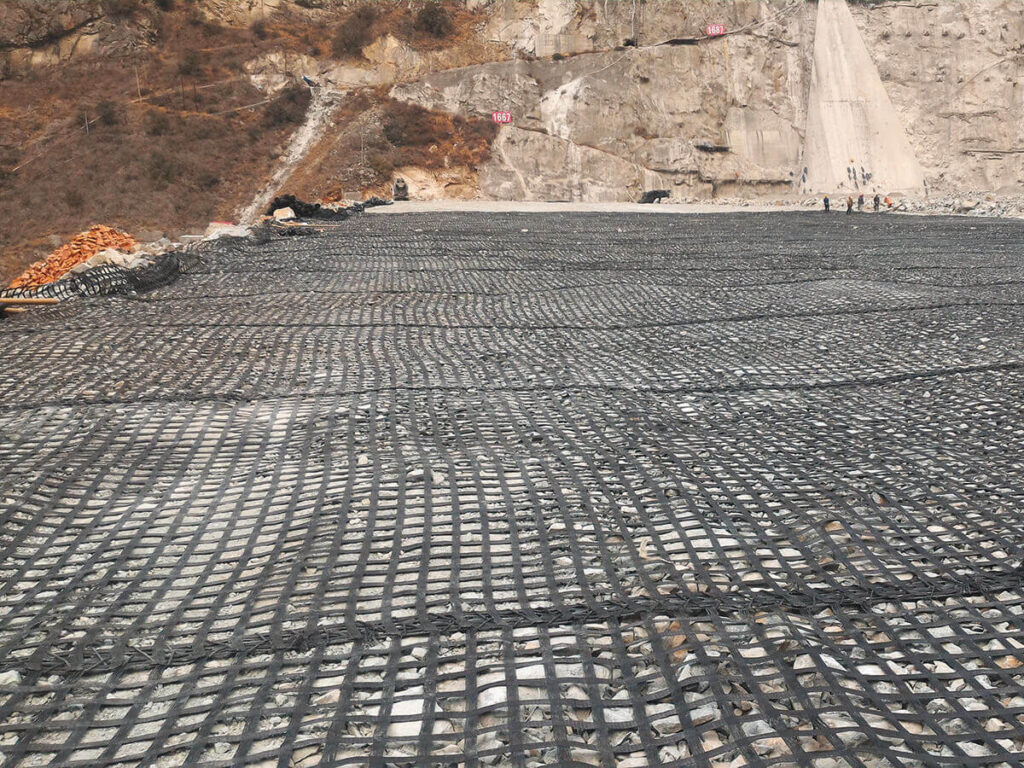
FAQ
Q:What types of geogrids are there?
A: Polypropylene, polyethylene, polyester, fiberglass, HDPE, PP Biaxial, GeogridHDPE, Uniaxial Geogrid, etc.
Q: Why use geogrid?
A: Geogrids play an important role in civil engineering, ecological protection, water resources management and other fields, and have significant contributions to improving the stability of projects, improving the environment, and protecting ecosystems.
Q: How strong is geogrid?
A: The strength of geogrid depends on: material, structural design, thickness, grid size and installation method, etc.
